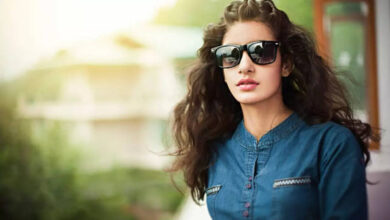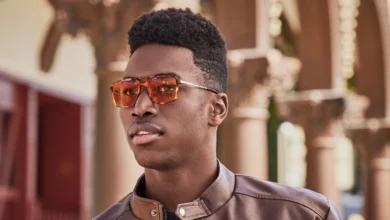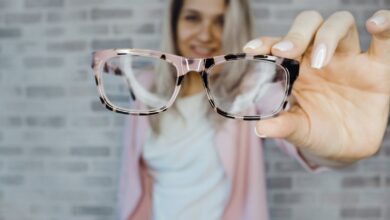Drifting Shades

Having a decent pair of Shades is fundamental on the water. Sun can harm your eyes, and the glare of the water makes it hard to recognize highlights, be it wind for sure lies underneath the surface.
It is hard to tell which pair of shades are best for you, so we have assembled a rundown of subtleties you ought to consider.
Sunglass Highlights
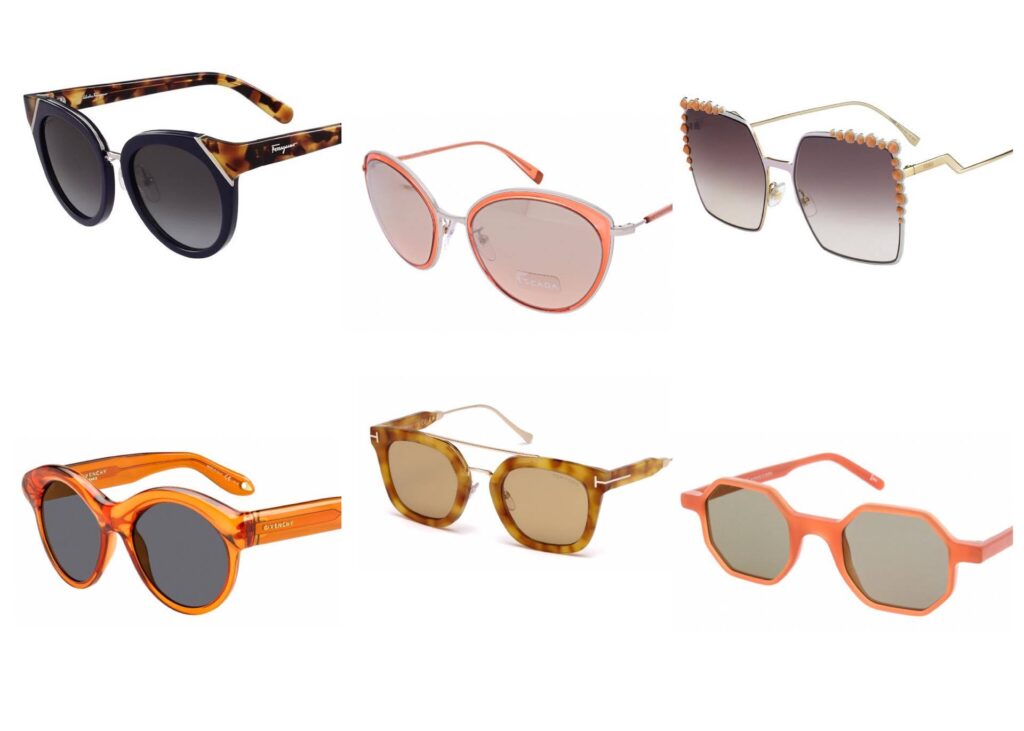
- UV security against UVA and UVB beams
- Energized focal point decreases glare off the water, the best sailing shades are spellbound
- Focal point Materials are produced using glass or plastic materials
- Focal point colors sift through enough of the right sort of light to decrease splendor
- Focal point coatings, Reflected coatings reflect glare however are inclined to scratching
- Edge plans and materials assist with keeping shades set up
- Fit and Feel, Shades should hold set up, yet not squeeze or rub
UV security
The FDA, the public authority office that manages sunglass production and deals in the U.S., suggests you search for shades with focal points that block 99-100% of UVA and UVB radiation. The mark should peruse either UV 400 or 100% UV security.
Spellbound Focal points

Spellbound focal points are fundamental on the water to impede glare from meddling with your vision. Light striking level surfaces, like water, or snow, are reflected opposite to that surface. Enraptured focal points block this upward light. Captivated focal points empower you to peruse the water surface in addition to perceiving what lies underneath the surface.
Focal point Materials
Acrylic focal points are the least expensive. They surely don’t have the optics of glass focal points, however, they may accomplish some applications. Model; Gill
Polycarbonate focal points are the lightest and are likewise practically shatterproof. Polycarbonate focal points change in cost from modest to the most costly, because of the coatings which further develop optics. Model Child Banz, Switch Vision
CR-39 A plastic utilized for the most part in solution grade focal points. CR-39 is the most widely recognized plastic focal point, because of its low weight, high scratch obstruction, and low straightforwardness for bright and infrared radiation. Model, Costa del Blemish
SR-91 Kaenons restrictive focal point consolidates the unrivaled optical nature of the best glass and the lightest weight, strength, and effective opposition of polycarbonate. Models; Kaenon
Optical Glass gives the best optics and scratch obstruction. Optical Glass Focal points are ground and cleaned to the specific thickness of the focal point to guarantee a contortion-free focal point. Glass focal points are costly and can break. Models; Maui Jims, Costa del Blemish
Photochromic focal points give special climatic administration innovation, getting dull from low to high light transmission inside a couple of moments; Captivated Photochromic upgrade differentiation and profundity discernment while giving unmatched eye insurance. Models; Rudy Undertaking
Light Absorption
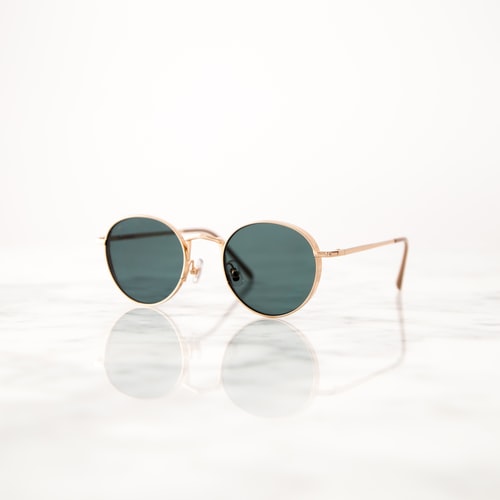
CR-39R plastic focal points retain around 88 % of UV light
Polycarbonate focal points, retain 100 % of UV light
Noticeable light transmission
The measure of light going through a viewpoint is called apparent light transmission. For drifting, apparent light transmission should fall in the 15-30 percent range. On splendid days, you need the most minimal % of all-out accessible light i.e. hazier focal points.
Focal point Colors
Colors shift through enough of the right sort of light to decrease brilliance without disposing of what you need to see. Intelligent coatings mirror the shading frequency.
Early morning, nightfall, or cloudy conditions. With less surrounding light external you need all the lighter getting through the viewpoint to your eyes and an approach to improve the subtleties. Consider Photochromic, light changing focal points that will change as the day eases up or obscures. Compatible focal points will permit a more extensive assortment of light conditions.
Early afternoon, cloudless and full daylight days. Splendid sun conditions mean bunches of glare and you need an approach to impede the light and kill glare without losing the subtleties. Reflected coatings will assist with cutting the glare. Tradable focal points will permit you to rapidly adjust to changing light conditions.
Color and shading
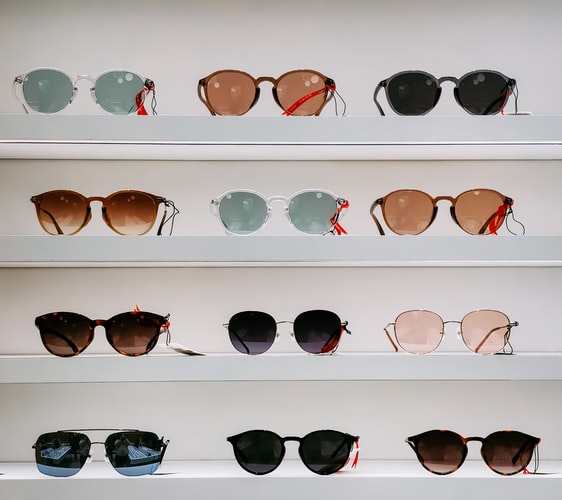
Strong Colored Focal points are uniformly colored across the whole focal point to cut glare.
Slope Colored Focal points are more obscure at the top and lighter at the base to cut caught glare.
Twofold Slope Focal points are more obscure at the top and base and lighter in the middle to cut overhead and reflected glare from the beginning.
Brown/Golden/Copper Focal points; These shadings channel blue light, settling on them a characteristic decision for open-air sports sweethearts; playing golf, water, and snow sports. In view of their difference honing and against glare properties, brown-colored focal points can likewise further develop permeability while driving.
Dark/Green-Dim Focal points; permit the wearer to see outside colors as they normally show up. These unbiased tones are a famous decision and further develop differentiation, permeability, and profundity discernment.
Yellow/Rose Focal points; kill blue light. This builds contrast, making objects look keener on foggy or overcast days. Red colors upgrade shading contrast and may further develop permeability while driving. A few groups incline toward rose colors for agreeable delayed wear.
Tradable focal points
Compatible focal points; numerous games’ advanced shades have exchangeable focal point alternatives. Focal points can be handily taken out and traded for an alternate shaded focal point. Switch vision makes focal points and casings with magnets to help the exchange of focal points. The incredible magnets maneuver the focal point into place which makes changing a lot simpler.
Focal point Coatings
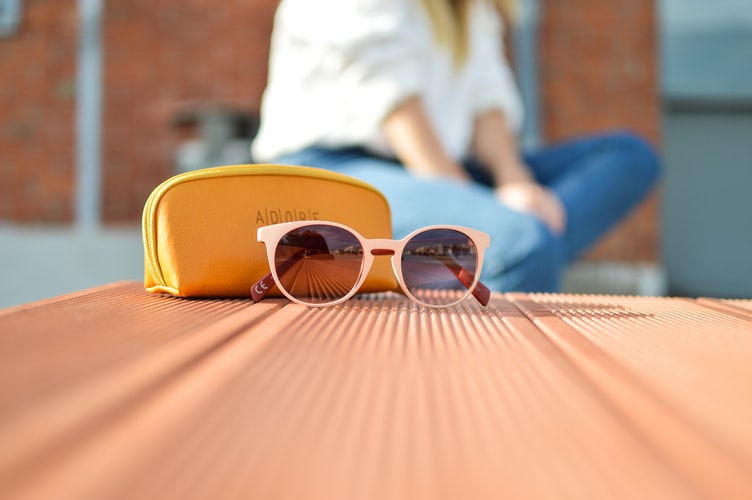
Focal point coatings can drastically build the nature of a focal point.
Reflected coatings reflect glare yet are inclined to scratching
Scratch safe coatings
Hostile to mist coatings
Hydrophobic coatings repulse water
Casing material
Nylon outlines are normally best since they are lightweight and adaptable. They can curve and get back to their unique shape as opposed to breaking when a pressing factor is applied to them.
When testing shades, I hope to check whether the sides and nose have the necessary hold. Where the casing sits on the sanctuary is the place where you get the hold. Numerous makers utilize exceptional elastic materials that really increment grasp in sticky conditions. Search for a casing that has an enormous contact region on the sanctuary.
Costa Del Blemish Turbine and Comprehend outlines use Hydrolite, a rubber-treated composite joined with a high-level nylon material to deliver a casing that is very agreeable and truly grasps the head. Rudy’s project utilizes a hypoallergenic Megol material.
The extension of the nose is the second where shades give their grasp. I have utilized shades that used to slide around when it was hot and sweat-soaked, for this situation the nose piece was smooth plastic. Search for a grippier material for the nose.
Casing style

Fold-over shades and edges that fit near the head are ideal, as you can check at designeroptics.com. Sailing is a movement sport thus, shades that stay set up are a higher priority than style. By embracing the face intently on all edges, fold over and work really hard to impede light and wind from entering at any point.
Angler-style glasses have little side focal points to obstruct light from entering outside the ordinary scope of vision.
Ocean Specs have a perpetual inherent lash. These glasses are ideal for dynamic water sports where you need to ensure your shades wait
